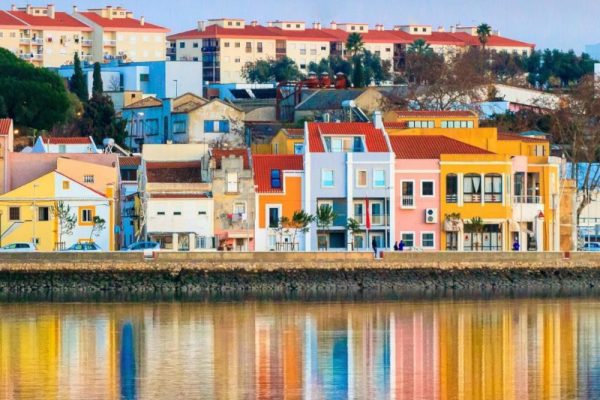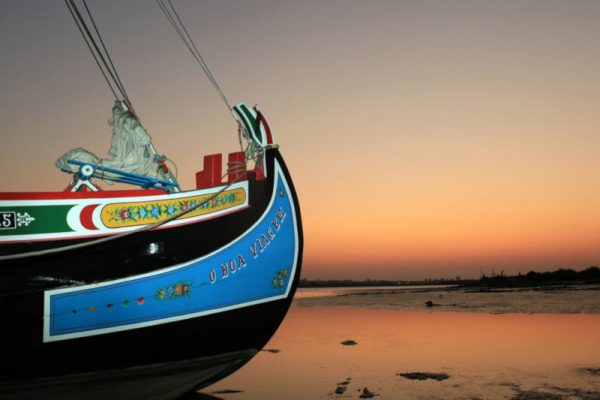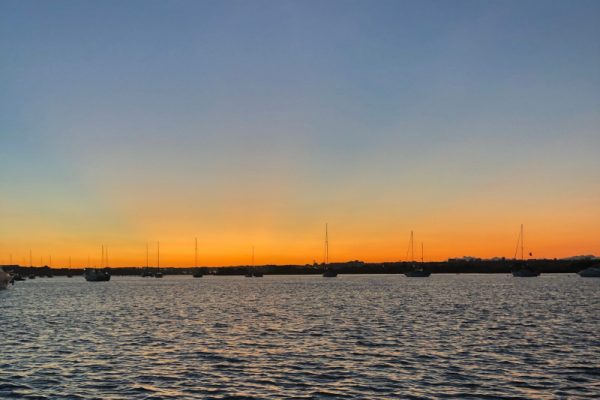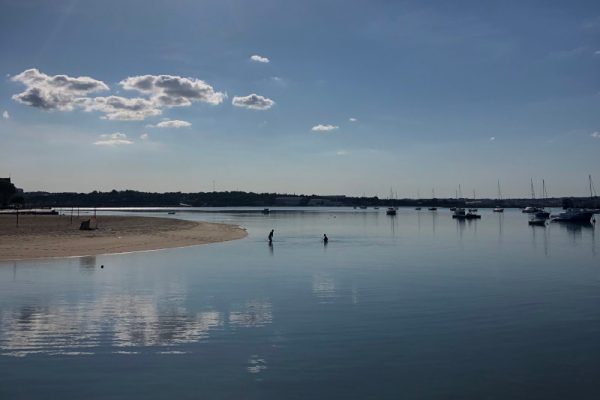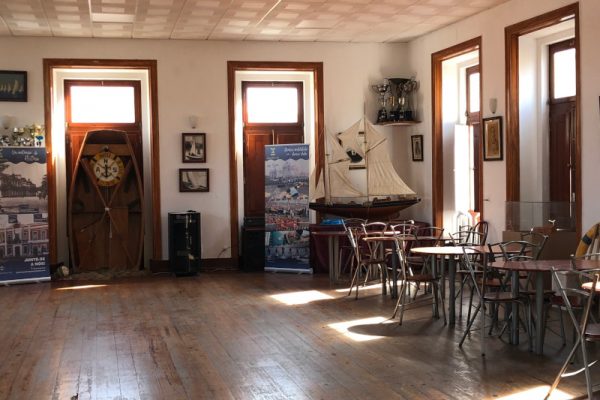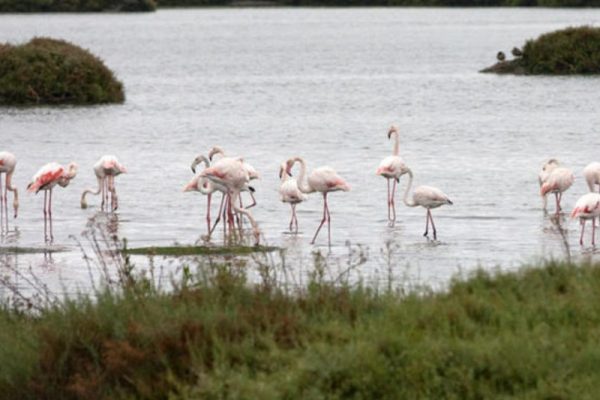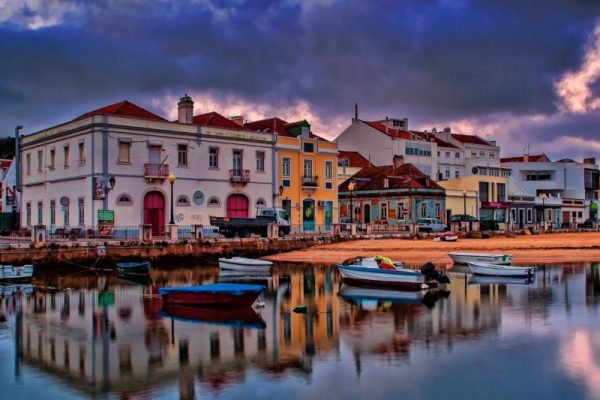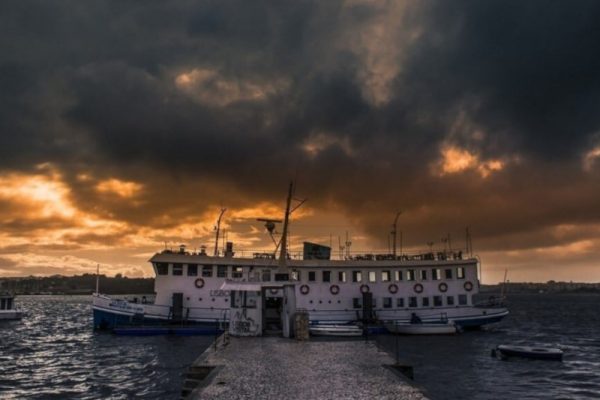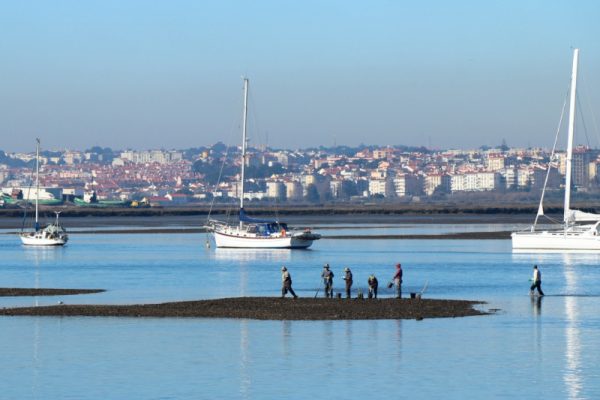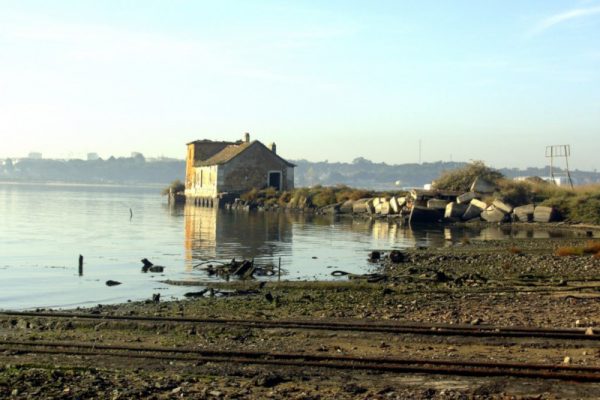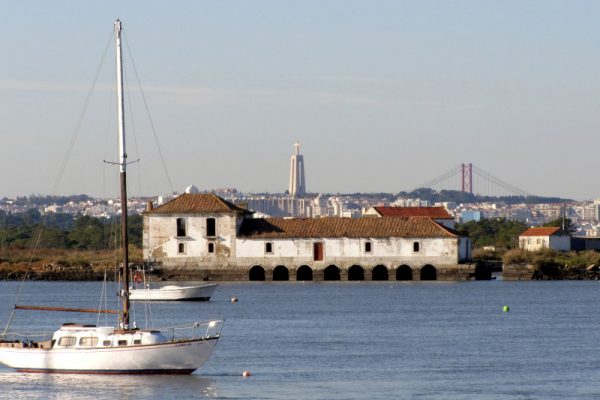Seixal
Seixal is an unassuming town surrounded by a lush landscape of vegetable plots and terraces filled with grapes.
On the south bank of the River Tagus, the extremely fertile region of Seixal was used during the Moorish occupation for introducing various Mediterranean cultures, such as vineyards, olive groves and fig trees.
Because of the characeristics of its sheltered bay, in the 14th-15th centuries Seixal was chosen for establishing naval shipyards, an industry that developed immensely at the time of the Discoveries, and has continued here over the centuries. For a long time, however, the traditional occupation of the population was fishing, which was why St Peter was chosen as the patron saint, in whose honour the council’s chief festivals are held in June.
Well known by Portuguese food restaurants and great local wine producer, to explore the charms of the old Seixal urban center through the cobbled streets, a visit to the Eco-Museum, a visit to the still functioning tidal watermill or to observe the birds in the bay are advised activities.
Be sure to visit Praia do Club Naval do Seixal, an attractive beach with a large natural swimming pool or Praia da Laje, also known as Jamaica Beach, which is found further down the coast and is nestled in a bay. Covered with black sand and pebbles, this tranquil beach is a perfect place to stretch out in the sun or cool off with a swim in the blue waters. Not far from Praia da Laje, you’ll find more clear pools at Piscinas Naturais do Seixal, which are also ideal for swimming.
The Bay of Seixal is part of the Tagus River Estuary, that is fed by several rivers and confluents that extend to the sea; classified as a Reserva Ecológica Nacional (National Ecological Reserve), the bay and small tributaries are part of one of the most important humid zones in Portugal, supporting an elevated biodiversity and exceptional landscape.
There is a small harbor where fishing boats bob peacefully in the calm water. To dock in order to visit the city is possible.
Either moored at the small harbor or anchored at the the natural bay, stay overnight onboard is a peace and graceful experience.
Good to Know
Distance to Lisbon (by boat)
9 nautical miles
Time from Lisbon (engine boat)
up to 30 minutes
Time from Lisbon (sailing boat)
around one and a half hours
Population
158 269
Area (km2)
95,50 km2
Municipalities
Without imposing upon the dazzling river we also endorse the invitation to visit Seixal based on its historic-cultural heritage, unique in the country. Let yourself be seduced by the manor house inheritances – Quinta da Fidalga is a place not be missed – or by the valuable museum collections, highlighted by the cork industry bequests. Otherwise, the influence of the Mundet cork factory on the social-economic tissue of the city is very well known and has been referenced not only in benefit of the city’s expansion, but also as a differentiator element in the development of its own identity. It was in fact, centered on this manufacturing compound that the Mundet Factory spread its magic throughout the city. The international food restaurant, based on a sharing concept, was the first truly charming and differentiating spot to open up in Seixal, and that placed the city on the lifestyle route of the ‘Margem Sul”, the River’s South Shore. The most recent stake is the Urban Park which, given its top-of-the-hill location, is a true window over Lisbon.



